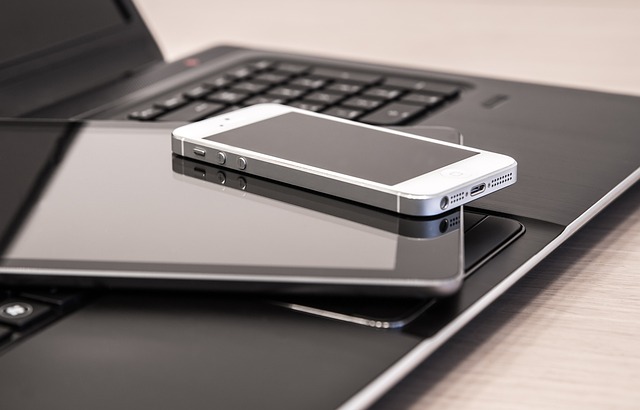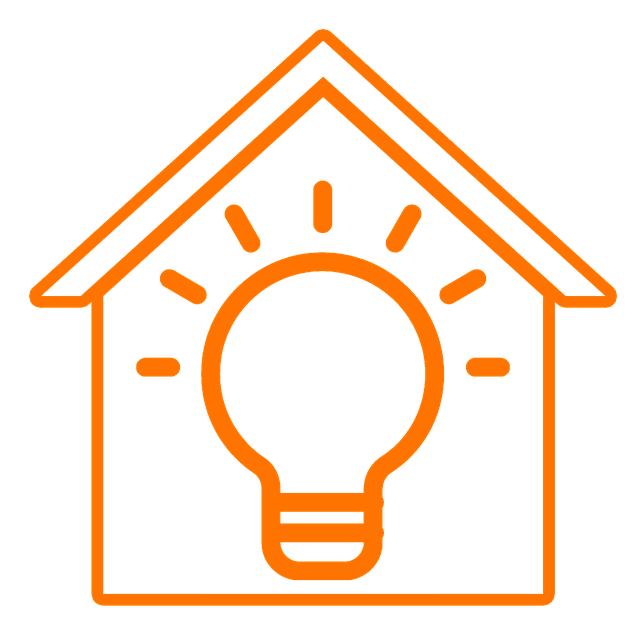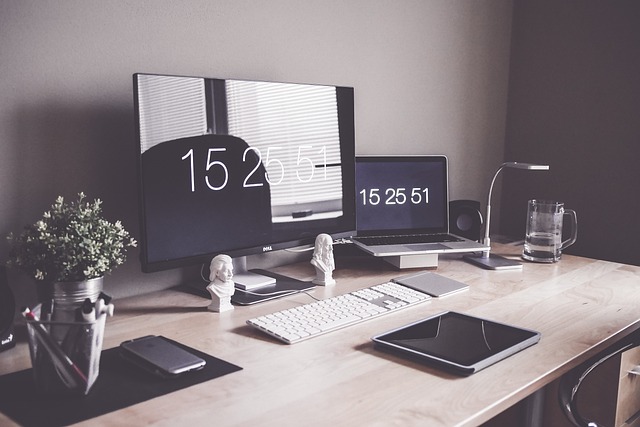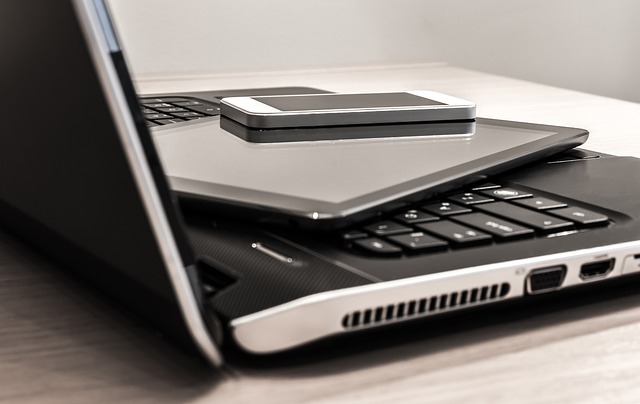Smart home devices revolutionize home safety with connected and automated solutions. Beginners can demystify the process by integrating essential technologies like cameras, motion sensors, and automated lighting for enhanced protection and simplified usage. Setting up a smart home security system involves selecting suitable devices, strategic installation, connecting them to a central hub or app, and regularly updating software. Choosing high-definition cameras with wide angles, advanced sensors, and cloud storage ensures detailed footage and accurate threat detection. Smart locks offer remote access control, automation, and real-time alerts for enhanced home safety. Integrating smoke and carbon monoxide detectors provides instant notifications of hazardous conditions, reducing false alarms and improving response times in emergencies. By creating automated routines, users can enjoy convenience and peace of mind while empowering them to take swift action against unusual activities.
In today’s digital era, smart home devices offer unparalleled opportunities for enhancing home safety and security. This comprehensive guide is tailored for beginners seeking to navigate the world of home safety technology. We’ll walk you through setting up a robust smart home safety system, from choosing the right cameras and sensors to integrating automated routines. By leveraging these advanced tools, you can achieve peace of mind and secure your living space effectively using smart device solutions.
- Understanding Smart Home Devices and Their Role in Safety
- Setting Up Your Smart Home Safety System for Beginners
- Choosing the Right Smart Security Cameras and Sensors
- Integrating Smart Locks and Keys for Enhanced Access Control
- Using Smart Smoke and Carbon Monoxide Detectors for Peace of Mind
- Creating Automated routines for Efficient and Safe Living
Understanding Smart Home Devices and Their Role in Safety

Smart home devices are revolutionizing how we approach home safety and security. These connected gadgets, from door locks to smoke detectors, offer remote control and monitoring capabilities, providing homeowners with enhanced peace of mind. For beginners exploring smart home protection, understanding these technologies is a crucial first step.
A beginners guide to smart safety would introduce various devices like smart cameras, motion sensors, and automated lighting systems. Each plays a unique role in creating an interconnected security network. By integrating these smart home devices, you can create scenarios where lights turn on when motion is detected, alerts are sent upon unauthorized entry, or all doors and windows lock automatically at night. This holistic approach to home safety technology not only enhances protection but also simplifies the process of using them effectively for your family’s well-being.
Setting Up Your Smart Home Safety System for Beginners

Setting up a smart home safety system can seem daunting for those new to this technology. However, with a few simple steps, beginners can enhance their home protection in no time. Start by choosing the right devices for your needs; smart door locks, security cameras, and motion sensors are popular choices. Install them at entry points and strategic locations around your home.
Next, connect these devices to a central hub or app, which allows you to control and monitor them remotely. Most smart home protection systems offer user-friendly apps that let you set up alerts, view live feeds, and adjust settings from your smartphone. Regularly update the system’s software to ensure optimal performance and security.
Choosing the Right Smart Security Cameras and Sensors

Choosing the right smart security cameras and sensors is a key step in enhancing your home safety with smart home devices. For beginners to smart safety, it’s essential to consider factors like resolution, field of view, night vision capabilities, and motion detection algorithms. High-definition cameras with wide fields of view and advanced motion sensors provide better protection by capturing detailed footage and accurately detecting potential threats. Look for models that offer cloud storage options for easy access to recordings from anywhere at any time, making them a valuable addition to your smart home protection arsenal.
When selecting sensors, prioritize those designed for reliable performance in various environments. Motion detectors with adjustable sensitivity settings ensure you capture movements without false alarms. Door and window sensors that use both contact and magnetic technology offer robust security, alerting you of any unauthorized access attempts. Additionally, integrating these devices with your smart home system allows for centralized control and real-time alerts, providing peace of mind when it comes to using smart devices for home safety.
Integrating Smart Locks and Keys for Enhanced Access Control

Integrating smart locks and keys into your home security system is a game-changer for beginners looking to enhance their home safety with smart home devices. These innovative solutions go beyond traditional keys, offering advanced access control that can be managed remotely and automated. With just a few simple steps, you can transform the way you secure your home. Start by choosing a compatible smart lock system that suits your needs; whether it’s a standalone lock or one integrated into an existing deadbolt. Once selected, install the hardware according to the manufacturer’s instructions.
Many modern smart locks allow for multiple access methods, including keyless entry via mobile apps, fingerprint scanners, or code pads. This flexibility enables you to grant temporary access to guests or service providers while maintaining full control over your home’s security. Additionally, these devices provide real-time alerts about lock status changes, ensuring peace of mind and empowering you to monitor potential unauthorized entries.
Using Smart Smoke and Carbon Monoxide Detectors for Peace of Mind

Smoke and carbon monoxide detectors are essential components of any home safety system, and their integration with smart home technology takes protection to the next level. These devices can be connected to your home network, allowing for real-time monitoring and alerts on your smartphone or smart speaker. With a beginner’s guide to setting up these smart smoke and CO detectors, you can ensure peace of mind by receiving instant notifications when they detect hazardous conditions.
For enhanced home safety, consider devices that offer remote testing and voice control capabilities. This allows you to check the status of your detectors from anywhere and even receive alerts for low battery or false alarms. Some advanced models even learn your family’s routines, adjusting sensitivity levels accordingly, which can reduce false alarms while ensuring quick responses during actual emergencies.
Creating Automated routines for Efficient and Safe Living

Creating automated routines is a powerful way to enhance your home’s safety and boost efficiency in your daily life. Smart home devices are designed to work together, allowing you to set up customizable scenarios that adapt to various situations. For example, you can program your system so that when you arrive home after dark, the lights automatically turn on, the doors lock, and a pre-set security alert is sent to your phone. This simple routine ensures both convenience and peace of mind, providing an excellent beginners guide to smart safety.
By automating these tasks, you can quickly establish a comfortable and safe environment without having to remember numerous steps manually. Moreover, with smart home protection features like motion sensors and smart cameras, your devices can alert you of any unusual activity, allowing for swift action. This technology offers an effective solution for those looking to improve their home’s security while leading a modern, streamlined lifestyle.
